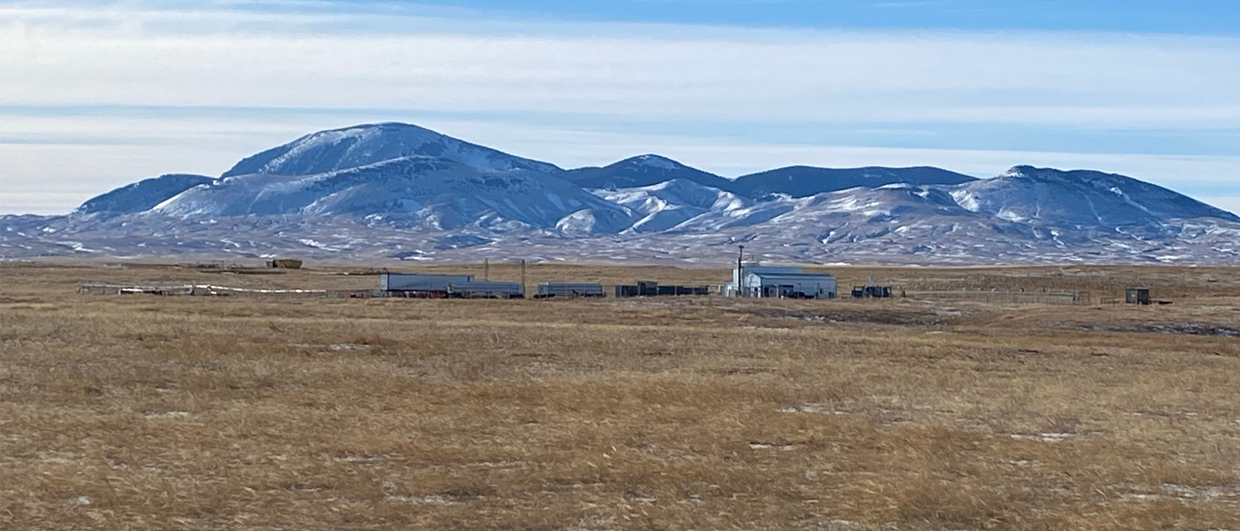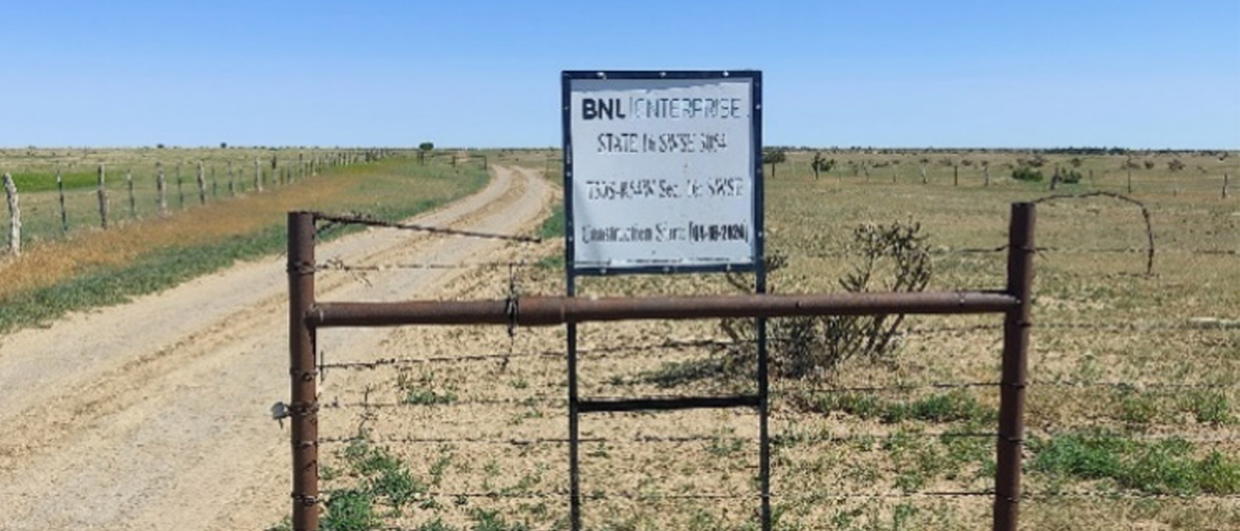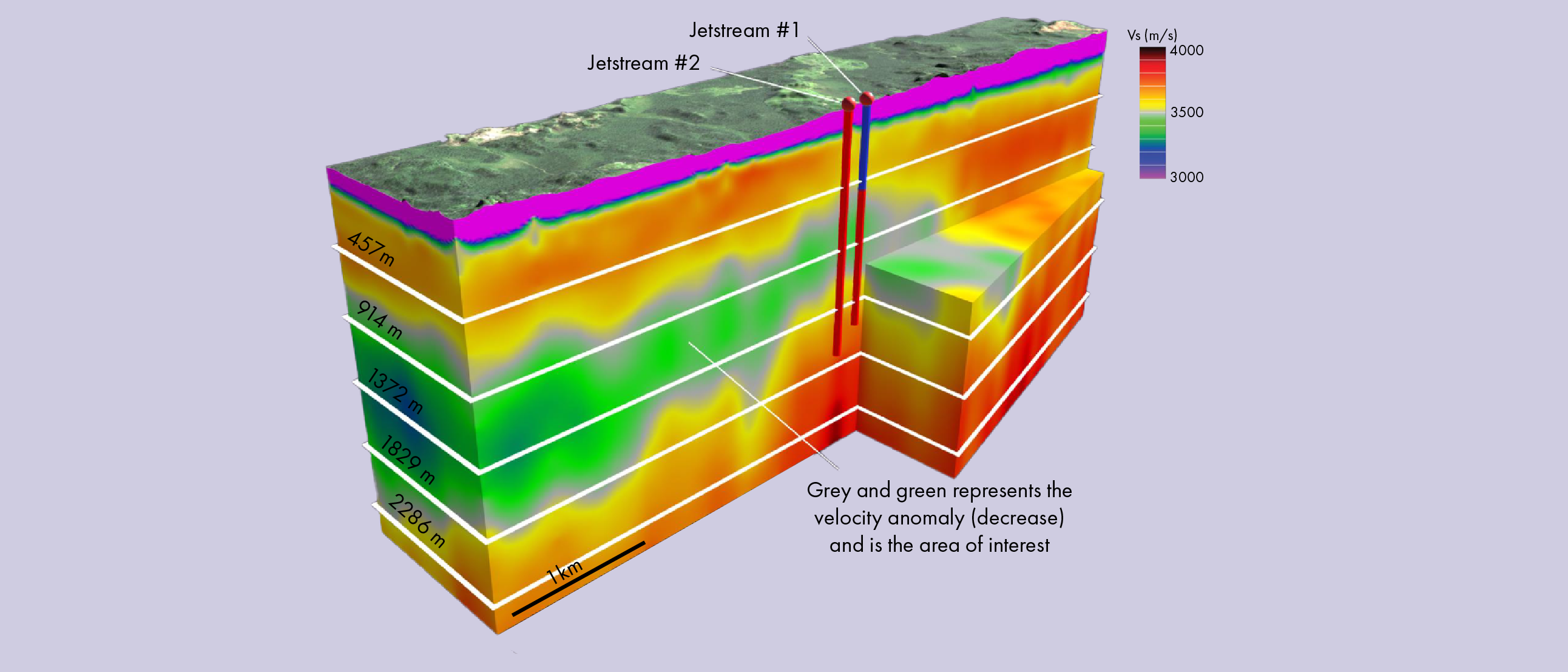In the USA, 0.3% or 3,000 ppm helium in the gas stream is regarded as the cut-off for profitable onshore production. Yet, French company 45-8 Energy has identified a prospect that contains an order of magnitude less helium that it hopes to soon start producing.
The prospect is situated in the hamlet of Fonts Bouillants, around 250 km south of Paris at the boundary between the Paris Basin and Massif Central. As the village name already alludes to, natural spring water rich in gas wells up here. The gas bubbles make the water look like it is boiling but it is in fact cold. Up to 1975, this water was bottled as mineral water and other carbonated drinks but it has since been out of business. The water wells up along the Saint Parize fault, a regional scale fault that possibly extends to the Variscan basement and has a throw of about 200 m. The gas migrates along the fault from a great depth before mixing with groundwater near the surface and subsequently surfacing together.
Field analysis of the gas composition at the Fonts Bouillants spring found the gas to be made up of 430 ppm helium, 93% CO₂ and 7% N₂. There are springs in the region with much higher helium and lower CO₂ concentrations. For example at Santenay, 125 km east of Fonts Bouillants, the helium concentration is 11% and the majority of the associated gas is nitrogen. However, due to the very low gas flow rate in Santenay, the daily helium output at Fonts Bouillants is still significantly larger.
The exploration licence for the Fonts Bouillants prospect extends to 100 m depth. 45-8 Energy will drill to below the groundwater aquifer to produce the gas. Analyses by Solexperts have shown that CO₂ behaves independently from N₂, indicating they each have a different source. Possibly, the deeper zone could therefore have a more favourable helium – CO₂ ratio than what is currently measured at surface.
45-8 Energy will separate the CO₂ and helium at surface and sell the CO₂ to the local food and other industries. Pilot production is to start in May 2024.





